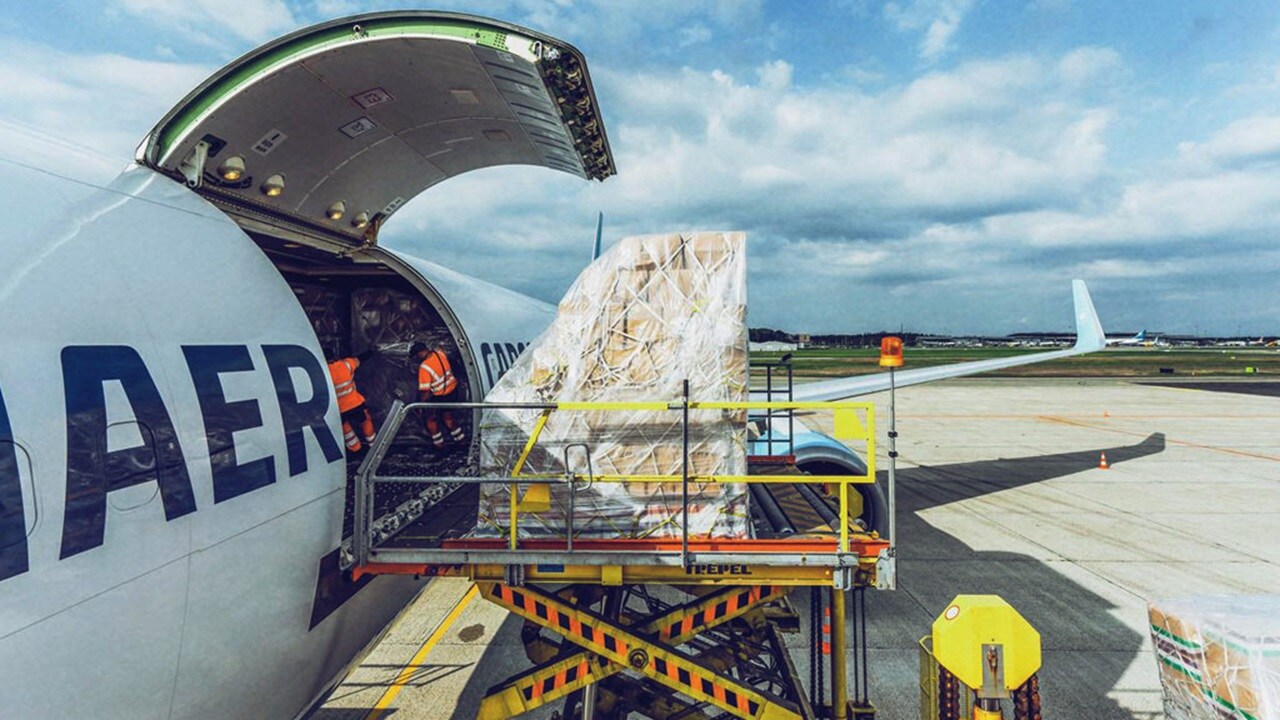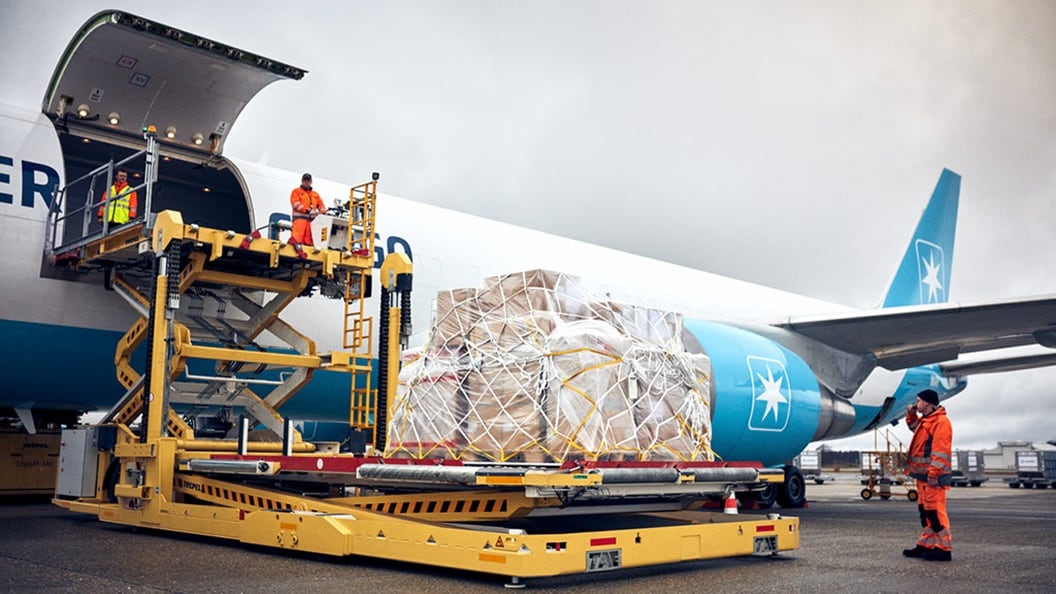Air cargo, the speedy courier of the skies, plays a crucial role in our trade-heavy world.
Did you know that air cargo transports $6.8 trillion worth of goods annually? That’s 35% of global trade by value. From fresh produce to high-tech gadgets, aeroplanes move an astonishing variety of goods – each with a unique set of needs that pose specific challenges and considerations.
Let’s explore the diverse landscape of air freight and what distinguishes one type of air cargo from another.
What is air freight exactly?
Air freight – which is not to be confused with air shipping, as explained here – refers to the commercial transportation of goods by air, including the costs, logistics, and regulations involved.
With the rise of e-commerce, the air cargo industry has become a powerhouse of the international supply chain — offering expedited transportation, global reach, and security for high-value goods. This type of shipping is essential for industries that require shorter transit times for transporting temperature-sensitive products or time-sensitive materials (TSM), for example.
READ MORE: Simplify your bookings with Maersk Air Freight
What are the different types of air cargo?
There are two main categories of air cargo: general cargo and special cargo — each with its own set of characteristics and transportation requirements.
General air cargo: Flying everyday essentials
The clothes you wear, books you read, and electronics you use — these everyday items form the bulk of general air cargo. These are non-perishable, non-hazardous goods that require minimal handling precautions, making them relatively easy and cost-effective to ship by air.
This category encompasses a wide range of products, from clothing and textiles to machinery and consumer goods. General air cargo enjoys shorter transit times and higher security compared to ocean freight shipping – but comes at a higher cost.

Special air cargo: Unique needs, specialised handling
Step outside the ordinary and we enter the realm of special cargo. These goods demand careful attention due to their sensitivity or potential hazards.
Here’s a glimpse into some key subcategories:
- Temperature-controlled materials: These items have a short shelf life and must be transported quickly. From life-saving pharmaceuticals to fresh produce, these goods require precise temperature regulation.
- Hazardous goods: These are items that pose a risk to safety, such as explosives, flammable liquids, and toxic or radioactive materials. Subject to stringent regulations – including strict packaging, labelling, and documentation requirements – dangerous goods require trained personnel to ensure efficient air freight transportation.
- Live animals: Pets, exotic birds, zoo animals, livestock, and racehorses require special care and handling based on their needs. Ventilation, temperature control, and adherence to animal welfare regulations are paramount during air travel.
- High-value or fragile cargo: Artworks, jewellery, precious metals, and delicate instruments demand extra care due to their high value and fragility. Secure packaging, climate control, and specialised handling are crucial for safe arrival at the destination.
- Oversized or overweight cargo: These items are too large or heavy to be loaded onto conventional passenger planes. They require special handling and may need to be transported on an all-cargo aircraft.
- Courier shipments: Time-sensitive documents and small packages rely on special courier services for express delivery. Dedicated networks and expedited processes prioritise these shipments, ensuring they reach their destinations within tight deadlines.
There are many other types of special air cargo, including some that you may not have considered could potentially be travelling on board your next flight:
- Currency and bullion: Large amounts of cash and other valuables (such as bulk shipments of gold, silver or other precious metals) are transported by air due to the high level of security and careful handling required.
- Exempt cargo: This type of cargo is not subject to the same regulations as other freight. Certain kinds of military cargo and diplomatic mail are protected by international law, for example, and therefore fall into this category.
- Human remains/tissue and organs for transplant: Transporting these sensitive items requires utmost respect, ethical considerations, and adherence to strict regulations. Specialised logistics providers ensure dignified and secure transportation of these materials.
With new and innovative ways to transport goods by air constantly emerging, even these unusual categories do not complete the list.
The specific type of goods you’re shipping will determine the cost, transit time, and regulations applicable to your air freight. The International Air Transport Association (IATA) has laid out directives to establish consistent standards for transporting air cargo, including Dangerous Goods Regulations (DGR), Perishable Cargo Regulations (PCR), and Live Animals Regulations (LAR), among others.
It is always best to consult a qualified logistics service provider (LSP) to ensure your air freight is shipped safely and legally.
At Maersk, we offer a wide range of services to help you find the ideal solution for your cargo. Keep your goods moving with Standard Air Freight, Air Charter and Sea-Air Services – either by leveraging our own-controlled air freight network or our strategic partners with Maersk Air Freight.
注册订阅物流时事通讯
接收新闻和见解,帮助您驾驭供应链,了解行业趋势,并制定物流战略。
感谢您注册
发生意外错误
很抱歉,我们无法完成您的新闻通讯订阅注册。












